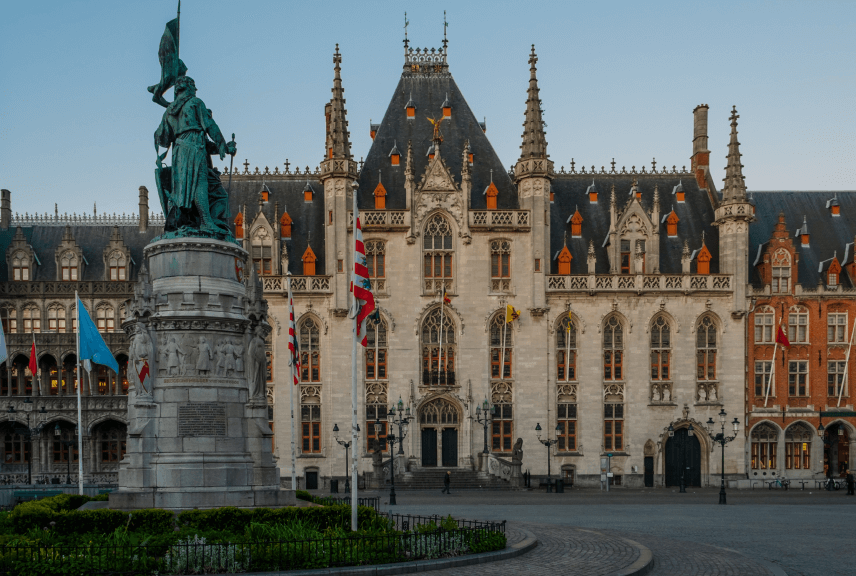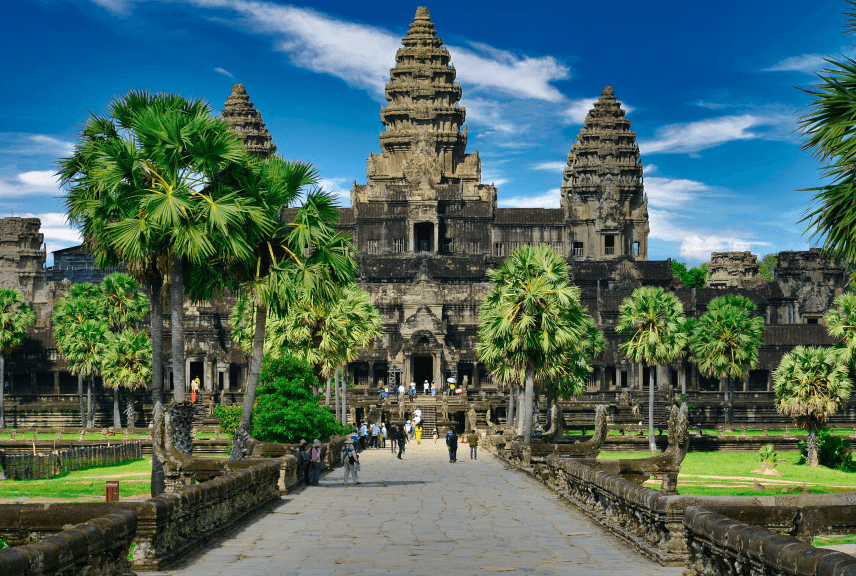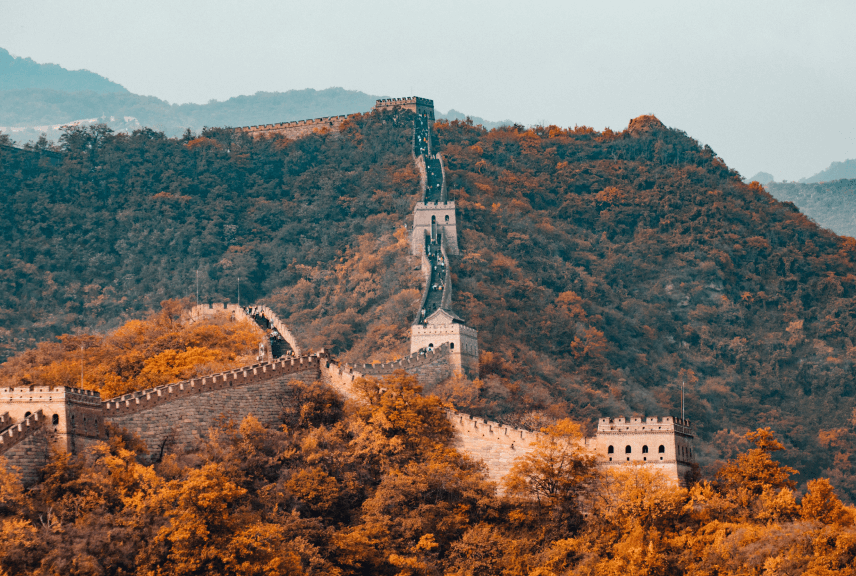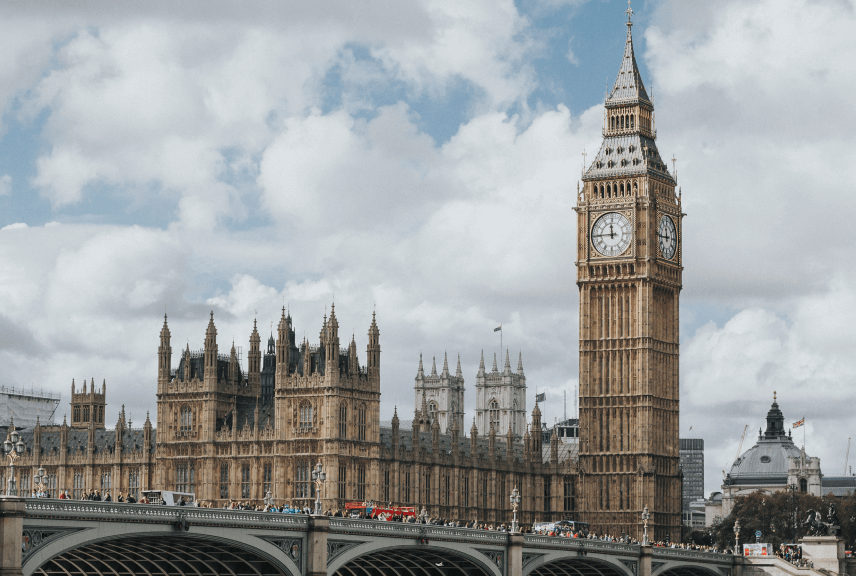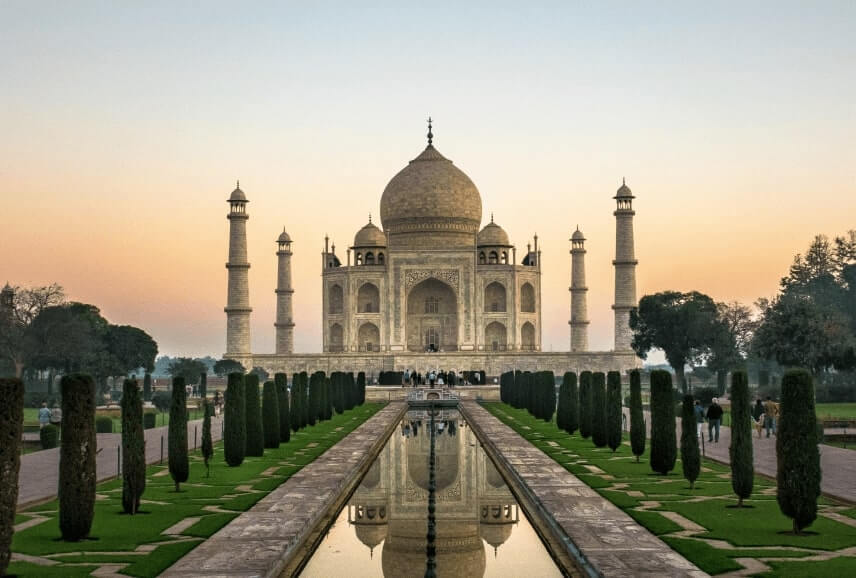Ghaziuddin Khan’s Madarsa and Tomb
Located near Ajmeri Gate in Old Delhi, Ghaziuddin’s madarsa and tomb was built Mir Shahbuddin, a highly respected and influential courtier and minister during the reign of Mughal Emperor Aurangzeb. The title of ‘Ghazi-ud-Din Khan’ was conferred on him and his son Mir Qamar-ud-Din was the founder of the dynasty of Nizam of Hyderabad. The madarsa was built in 1692. English classes were introduced in 1824 and it came to be known as Anglo-Arabic School and later Anglo-Arabic College. The building has a large enclosure of arcaded apartments where the madarsa used to function. The entrance to this madarsa, which is one of the fine examples of madarsa architecture in Delhi, is through the eastern gate.

There is a mosque just west of the madarsa, which is surmounted by three domes and flanked by minarets. The prayer hall of the mosque has arched openings. Further on both sides of the mosque towards its north and south lie the two enclosures, which contains some graves. The enclosures have perforated stone screens. Among the three graves in the southern enclosure is one of the graves of Ghaziuddin Khan. Red sandstone has been used in each structure here, which gives a unifying look to the building.
